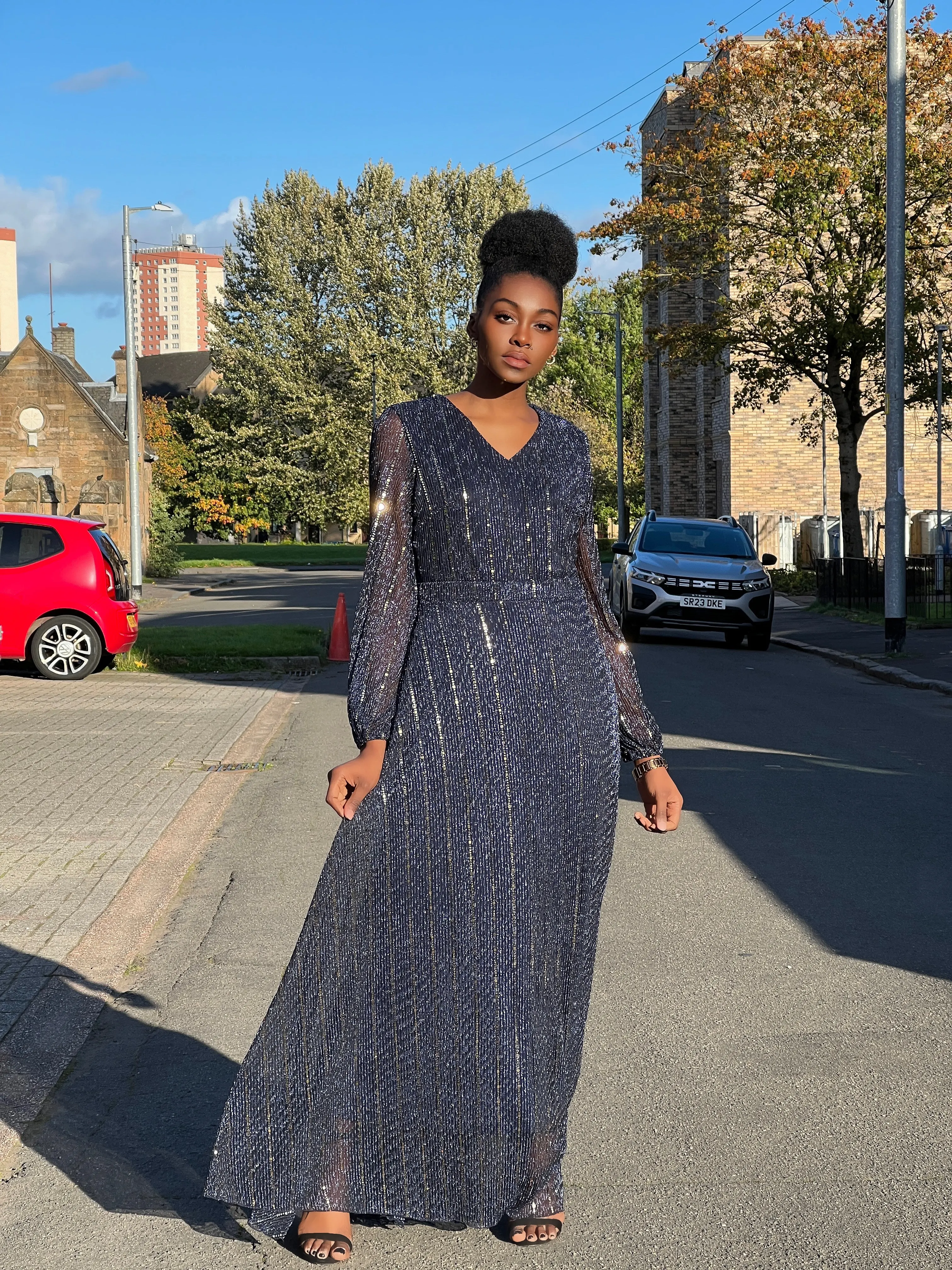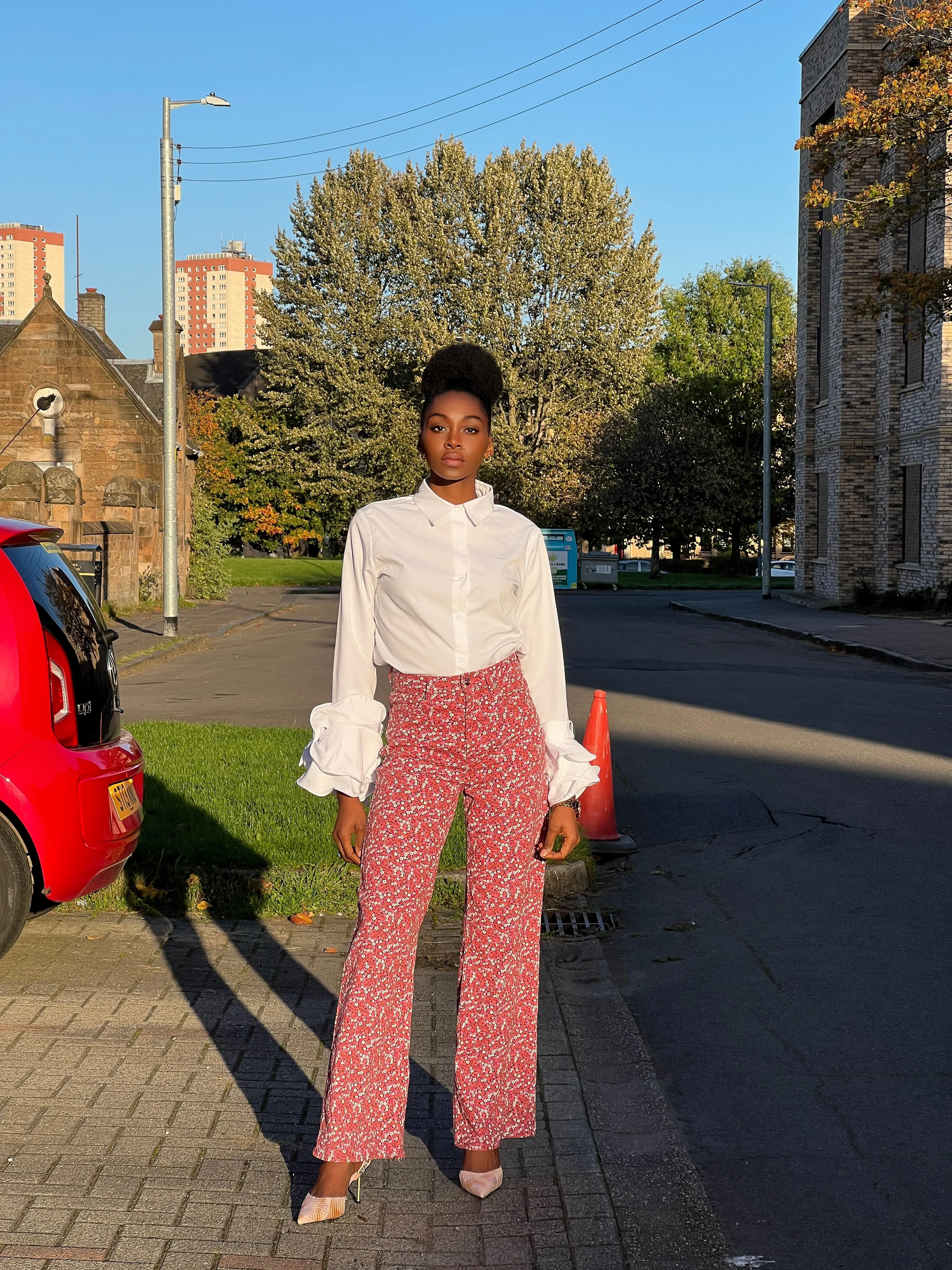Surgeons created what is today regarded as the gold standard therapy for benign prostatic hyperplasia (BPH), an age-related condition in which the flow of urine is obstructed by an enlarged prostate, over a century ago.
This surgery, known as a transurethral resection of the prostate, or TURP, is available to men who do not react to BPH medication. It entails using an electric loop to cut extra prostate tissue. About 90% of men who receive treatment experience long-lasting relief, although many are left unable to ejaculate and usually have to spend a night in the hospital recuperating.
There is less chance of problems and a quicker recovery with more recent, less invasive BPH treatments. These alternative techniques treat BPH in a different way than a TURP, which cuts directly into the prostate. For example, the obstructive tissues may be treated with lasers, steam, or microwaves.
The FDA approved another minimally invasive technique earlier this year, adding to the growing popularity of these operations. According to study results given at the 2023 Annual Meeting of the American Urological Association in April, the device known as the Optilume BPH catheter system offered long-lasting alleviation from BPH symptoms that held up after four years.
The process and the research
During an Optilume treatment, surgeons thread an inflated catheter toward the prostate using the urethra, the tube that empties the bladder of urine. By dividing the prostate's two lobes, the catheter makes a V-shaped channel in the gland's top, which lowers pressure on the urethra and increases urine flow rates. Crucially, paclitaxel, a chemotherapy medication, is coated on the catheter to help reduce inflammatory reactions brought on by the treatment. The prostate's duct is left behind once the catheter is taken out.
The urology professor Dr. Steven Kaplan of the Icahn School of Medicine at Mount Sinai in New York oversaw the research that resulted in the FDA's clearance. According to him, the new system's symptom improvements are on par with TURP's. He states, "We're pretty excited about it." "This is a potential game changer."
The International Prostate Symptom Score (IPSS), which goes from 0 to 35 and categorizes BPH as mild, moderate, or severe, was monitored during the study by Dr. Kaplan's group. The initial clinical trial, known as the PINNACLE study, which was restricted to men with prostates weighing between 20 and 80 grams, showed that Optilume therapy was immediately beneficial. After a year, males who received treatment had IPSS scores that were, on average, 11.5 points lower than those from the baseline.

I recently stepped out in my navy sequin dress, and it felt like I was wearing a dress fit for a wedding, particularly the mother of the bride dress style. My dress shimmered with sequins, giving it a glamorous yet sophisticated look. It is a two-set dress that came with a chiffon coat, which I paired with a chiffon coat that flowed elegantly as I walked, adding a touch of grace to my outfit.

To complete the look, I opted for white heels that not only made me feel taller but also added a fresh, modern twist. But what's the secret to keeping things simple while making a statement? My go-to choice: pearl earrings. These classic gems added a touch of timeless elegance without overshadowing the rest of the ensemble.

I love this combination because it lets the outfit shine. Sometimes, simplicity is the key to making a lasting impression. So, when you want to make a statement without being too flashy, consider the power of classic accessories like pearls.
But how should the mother of the bride dress? gorgeous ofcos.
Now, let's draw inspiration from the royals, who often wear dresses paired with coats. There are several reasons behind this choice:
1. Sophistication: Coats exude sophistication and formality. They instantly elevate an outfit, making it suitable for formal occasions.
2. Practicality: Coats provide warmth, especially in chilly or transitional seasons like fall. They allow royals to maintain an elegant appearance while staying comfortable.
3. Versatility: A coat can be removed when indoors, revealing a beautiful dress. This dual-layer outfit ensures that royals are appropriately dressed for both indoor and outdoor settings.
4. Iconic Style:Many iconic fashion moments have involved royals wearing dresses with statement coats. These outfits often set trends and become memorable in the world of fashion.
The abundance of surplus capacity found in the human body is one of its many underrated qualities. In other words, the majority of us do not require the whole reserve of our organs.
It's as though our bodies were built with the possibility that we may require backups in the event of disease or trauma. And presto—if all goes according to plan, we have two kidneys at birth instead of just one!
The kidneys are hardly the only example, of course. Why, then, are we naturally redundant in our design? Which physical part(s) can be removed or fail safely without compromising your health?
Why is there such a reserve of organs in us?
The most plausible explanation is evolution: early humans who had organs with extra functional space due to their genetic composition were more likely to survive, grow, and procreate than those who did not. As a result, genes associated with increased organ capacity—remember, you have two kidneys, not one—were more likely to pass down to succeeding generations.
Conversely, less resilient evolutionary forebears might not have lived long enough to procreate and thus passed on their genes less successfully. Because of the strength of natural selection, modern humans have organs that have had plenty of reserve throughout thousands of years.
Liver, lungs, eyes, and more
The following is only a short sampling of bodily components that have plenty of reserve:
Eyes: One eye can be quite healthy, but you won't be able to enjoy the greater field of vision and depth perception that come with having two. Although blindness can undoubtedly present difficulties and have an impact on one's quality of life, losing both eyes does not necessarily translate into ill health. Furthermore, research indicates that a substantial loss of vision may increase the likelihood of developing Alzheimer's disease.
Ears: Losing hearing in one or both ears does not instantly affect general health, even though having two ears enables us to find noises from all directions. However, hearing loss can also lower quality of life, much like vision loss might. Similar to eyesight loss, new research indicates that those who have trouble hearing may also be more vulnerable to cognitive issues.
Gut: It is possible to remove a sizable piece of the small and large intestines without significantly affecting your health. In reality, a pancolectomy—the removal of the entire colon—can be performed without reducing a patient's life expectancy, while additional problems such as diarrhea might occur afterwards. While removing a portion of the colon is a fairly routine procedure (for colon cancer, for example), it does not in and of itself cause health problems or limit life expectancy.

Being comfortable in your skin doesn't mean being naked. Your clothing reflects who you are and how people perceive you. It's saddening that parents seem to have less control over what their kids wear in places like the United kingdom, Japan (Tokyo), Spain (Ibiza), Canada, and the USA(Miami, Florida) etc, where body positivity has gone in the wrong direction.
Since I moved to the UK, I've encountered many surprising things, but one has really caught my attention, which is why I'm talking about it in this post. In the UK, the cost of having a mortgage is quite high, and living here is expensive. It often feels like what you pay doesn't match what you get in return. This is my personal opinion.
People in the UK work hard and pay a lot of taxes. Some of that money goes into their retirement savings, while some is used to pay for their mortgages. However, as they get older and might become unwell, they can't take care of themselves, and they end up in a care home to get the help they need. Despite the fact that I have never worked in a care home, I have read and heard about them.
You make lifelong mortgage payments and continue to work until you are 55–65 years old, which is roughly the same age at which most people finish paying off their mortgage. Then you require care and are forced to sell your home to finance it.
I'm genuinely interested in your thoughts on this topic.

I consulted a UK dentist, initially considering private treatment over NHS. Yet, the £3200 price tag gave me pause, prompting me to explore other options as I had to relocate.
During a subsequent visit to a different dentist, the dreaded X-ray was on the agenda. I must admit, it's not for the faint-hearted, especially with a painful tooth. The first dentist was incredibly patient, but the second was efficient. She attempted the X-rays and informed me that she would have to reschedule us if she was unable to complete the procedure on the second attempt.
Although it was painful, I mustered the courage to proceed. The X-ray revealed what I already knew - the tooth had to come out, a standard procedure for a first-time dentist visit.
She administered anaesthesia, though it proved ineffective due to the infection. Prescribing antibiotics, she then directed me to the receptionist, who arranged an appointment for the 25th of October, despite my request for an earlier date due to the fact that the month was just beginning.
After picking up the prescribed medication from the pharmacy, I returned home, where the emotional weight of it all became overwhelming. Music and prayer provided solace during this difficult time
I started taking the antibiotics as prescribed, and things got a bit better, but I had to be on painkillers. I would take painkillers in the morning and at night before going to bed. Even though this was safe, I was worried because one can get addicted to painkillers.
On a fateful day, the 13th of this month, my phone rang, and to my surprise, it was the dentist on the line. With a sense of anticipation, she revealed that my appointment for a root canal treatment was scheduled for November 5, 2023. I agreed to the date, but as soon as we hung up, confusion set in. I couldn't shake the feeling that my tooth extraction appointment might have been shifted or mixed up with the root canal booking.
So, I decided to dial her number again and asked for clarification. To my astonishment, she told me they had no record of any appointments. I insisted, "But I have a booking set for the 25th of this month, and I even have the appointment card right here."
She replied that on her end, there were no traces of these dates. Annoyed and in pain, I pleaded for my appointment not to be postponed further, but her response was rather nonchalant. "Do you want to book the date or not?" she asked. I hesitated, trying to make sense of this scheduling mess, and the call abruptly ended.
In a bid to resolve the issue, I called her back once more. This time, she proposed another date, the 30th of this month. I agreed, though not without lingering dissatisfaction. The fact that she failed to apologize for their error made me feel bad.
On Friday, desperate for relief, I took another painkiller, but the pain intensified drastically. I experimented with various home remedies, but they offered little solace. By Saturday, I was running a fever, weakened, and plagued by a relentless headache. Despite these struggles, I managed to eat, hoping for a miracle to alleviate my pain.







